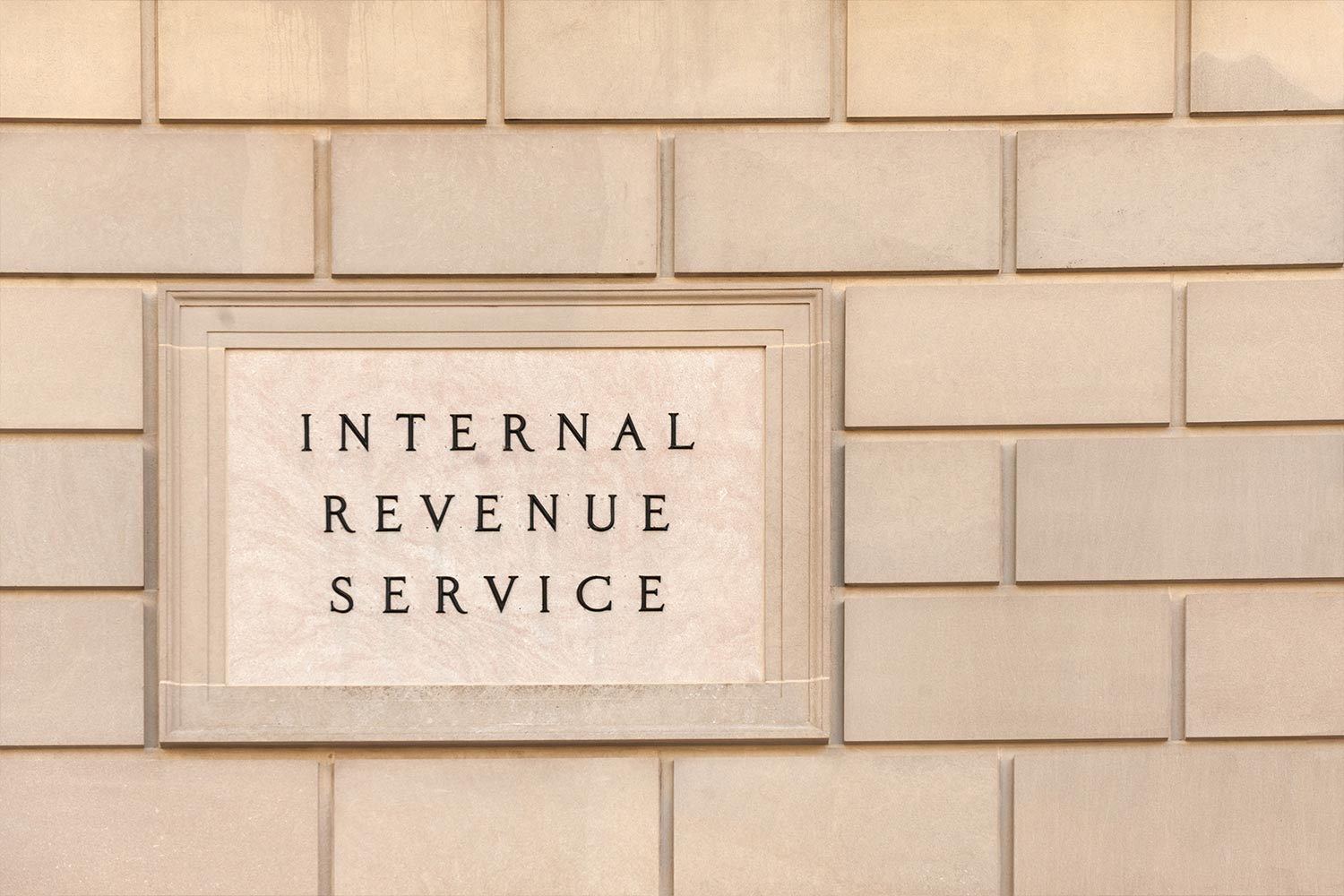Is It Time for an Audit?
Is an audit worth the expense for a nonprofit’s board of directors in these tough economic times?

Conducting audits can signal to donors that your nonprofit is growing.
Blue Avocado reader Bill Mitchell writes:
As a board member of both a small ($400k/year) and a much larger ($1.8m/year) nonprofit, what are the criteria to determine whether or not to conduct a formal outside audit? I have worked on staffs, sat on boards and have been a foundation program officer and I have never had a clear set of guidelines. Thanks!
Blue Avocado columnist Jeanne Bell replies:
Dear Bill:
In these tough economic times it makes perfect sense that a board of directors would weigh the costs and benefits of spending $10,000 or more on this administrative expense. The short answer to your question is: “As soon as you have to.”
The longer answer: A first tier for nonprofit audit requirements may be set by whether or not you receive federal funding. The federal government has not yet issued an across-the-board audit standard for nonprofits, although it could very well happen, given ongoing federal attention to charity regulation. Currently, nonprofits that expend $500,000 or more in federal contract dollars in a fiscal year must obtain what’s called a ‘single audit’ to test for compliance with federal grants management standards.
Things get a lot more complicated at the state level. State attorneys general, who regulate nonprofits at the state level, have wildly varying standards for nonprofits, ranging from $100,000 thresholds to no requirement at all. You can contact your state attorney general or any auditor for your state’s requirements.
And, in 25 states, audited statements must be submitted if you solicit funds in their states, whether or not you are located there. For instance, if you are based in Seattle but raise funds from donors in all 50 states by mail, phone, or other means, you must not only register annually with the 25 states that require it, you must provide an audit with your registration.
However, the 25 states vary in the amount of annual revenue at which they require an audit. If you have donors residing in multiple states, check out the Multi-state Filer Project to research and potentially simplify this cumbersome annual registration process. (There are another 13 states that require fundraising registration but do not require audited statements to be attached.)
What else triggers an audit?
If you’re not spending more than $500,000 in federal funds, nor raising money in states that require annual audits as part of state registration, what other factors should you consider? In many cases, foundation funders ask for an annual audit as part of their grant application process. If you are otherwise eligible for the grant, consider contacting a Program Officer or Grants Manager at the foundation and asking if submission of your IRS Form 990 in lieu of an audit will suffice.
The Form 990 actually provides more information about an organization than an audit does, although it lacks a CPA’s sign-off attesting to the accuracy of account balances. Many foundations, sensitive to the fact that smaller organizations may not yet be auditing, will accept Form 990 during the application process, but may require a yearly audit after they have funded you.
You should also be aware that there are many groups that are establishing their own standards for when nonprofits should obtain audits. The Wise Giving Alliance has a $250,000 annual revenue threshold for audits, while the Standards of Excellence Institute‘s threshold is $300,000. The Independent Sector recommends a threshold of $1 million dollars. Remember, these are not regulating authorities but rather independent organizations attempting to influence nonprofit practice and how the general public evaluates potential donation recipients.
Benefits of audits
Aside from these specific funder and donor-related factors, it’s helpful to recognize three inherent benefits that an audit provides to a nonprofit :
1. Donor and Community Confidence:
An unqualified audit opinion is a universally accepted indicator that an organization is investing in its financial management and that its financial statements are likely to be accurate. Beyond donors, the audit is a symbol to an organization’s broad constituency, including the media and watchdog groups, that the organization is committed to fiscal accountability.
2. Achieving Financial Best Practices:
Board and staff leadership benefit from an audit performed by a CPA who’s knowledgeable about current nonprofit accounting standards — such CPAs can help move an organization towards best financial management practices. And even amongst experienced nonprofit finance staff, knowing that they will have to defend accounting judgments to an auditor at year-end encourages accounting discipline throughout the year.
3. Some Protection Against Fraud:
An annual audit can bolster the soundness of internal controls. But caution: although the prospect of an audit may play a role in deterring malfeasance, a determined staff person or volunteer can find ways to steal that an auditor testing on-site for just two days each year may not detect.
Alternatives to audits
If your organization’s leadership decides that it wants some of these benefits but cannot afford the $10,000+ price tag, it may elect to engage an outside CPA in a financial statement review rather than a full-blown audit. A review does not include on-site testing and therefore does not conclude with an auditor’s “opinion” — a technical term for the CPA’s expert judgment — as to whether the financial statements prepared by the organization were prepared in accordance with accepted accounting principles.
This report is based on limited document review and communications with staff and/or board, and gives limited assurance that the financial statements reflect an accurate picture. For roughly half the price of an audit, you could share a CPA-prepared document with constituents, albeit one with less “bite.”
Another recent wrinkle to factor into your deliberation of when to begin auditing is something called, SAS-112: an accounting standard with the full name of “Communicating Internal Control Related Matters Identified in an Audit.” As Kate Barr of the Nonprofits Assistance Fund recently wrote in The Nonprofit Quarterly, “At root, the new standards increase the likelihood that control deficiencies will be identified and reported.”
In other words, if you are just beginning to professionalize your accounting and have yet to produce audit-like financial statements each month on your own, you will get very little slack from your auditor come audit time. As Barr concludes, “The new standards make clear that an auditor’s role is to test and verify the information provided by an organization and issue an opinion, not to calculate and produce financial statements.” (Read her full piece on SAS 112 online.)
Bottom line on audits
So what’s the bottom line? In most cases, it makes sense for community nonprofit boards with operating budgets in excess of $250,000 to begin considering whether it’s time to audit by evaluating their readiness in the context of SAS 112. And recognizing the potential benefits of an audit to build donor confidence and increase protection against fraud will also influence your decision. By the time you reach $500,000, the world at large will expect you to be making this annual investment and your accounting systems should be ready for the scrutiny.
Look for a future column taking up the question of screening, selecting and changing auditors.
You might also like:
- How to Stop Managing Your Nonprofit and Start Leading
- When the Board Becomes the Problem: Reclaiming Power in Nonprofit Leadership
- Why Human-Centered AI Adoption Matters for Nonprofits
- The New Sheriff in Town: Tips for Successfully Leading a Nonprofit Team (that Someone Else Built)
- When the System Fails Quietly: What I’ve Learned from Sitting Between the Frontline and the Data
You made it to the end! Please share this article!
Let’s help other nonprofit leaders succeed! Consider sharing this article with your friends and colleagues via email or social media.
About the Author
Jeanne Bell, MNA, is CEO of CompassPoint Nonprofit Services, and consults to nonprofits in business planning, financial systems, and sustainability. She co-authored Financial Leadership for Nonprofit Executives (Fieldstone).
Articles on Blue Avocado do not provide legal representation or legal advice and should not be used as a substitute for advice or legal counsel. Blue Avocado provides space for the nonprofit sector to express new ideas. The opinions and views expressed in this article are solely those of the authors. They do not purport to reflect or imply the opinions or views of Blue Avocado, its publisher, or affiliated organizations. Blue Avocado, its publisher, and affiliated organizations are not liable for website visitors’ use of the content on Blue Avocado nor for visitors’ decisions about using the Blue Avocado website.








If in California, please also consult the Non-Profit Integrity Act of 2006. It states that agencies with annual revenue of $2 million must have an audit.
Where is the best place to find out what the legal and financial requirements are for 501c3 document retention? I know in the ordinary world, it’s 7 years for financial. What about for volunteer data or membership?
IRS Publication 4221-PC (Compliance Guide for 501(c)(3) Public Charities) provides the following information:
Record Retention Periods
Record retention periods vary depending on the types of records and returns.
Permanent Records – Some records should be kept permanently. These include the application for recognition of tax-exempt status, the determination letter recognizing tax-exempt status, and organizing documents, such as articles of incorporation and by-laws, with amendments, as well as board minutes.
Employment Tax Records – If an organization has employees, it must keep employment tax records for at least four years after the date the tax becomes due or is paid, whichever is later.
Records for Non-Tax Purposes – When records are no longer needed for tax purposes, an organization should keep them until they are no longer needed for non-tax purposes. For example, a grantor, insurance company, creditor, or state agency may require that records be kept longer than the IRS requires.
In addition, BoardSource offers sample policies for sale at its site, and the Foundation Center has a helpful FAQ with links to guidelines and a free sample policy. Note, however, that individual state laws will also apply in some instances so you may want to confer with an attorney or CPA in your jurisdiction.
I plan to publish a post on this subject on the Nonprofit Law Blog in September.
As a chartered accountant who has been a volunteer treasurer for over 19 non-profits – I would ALWAYS get an audit for any organization I volunteer for. It protects the organization and it protects the volunteers.
Our cash budget is about $165K, and we just had our first audit. The Board is trying to decide whether to have an annual audit, which I’m thinking is excessive. I’m thinking a financial review every other year, and an audit every other year.
Thanks for your feedback.
How much did it cost you? Thanks.
The federal spending threshold is $750,000, not $500,000.